2025’s Best Flea and Tick Shampoo for Dogs – New Formulas
Finding the best flea and tick shampoo for dogs can feel overwhelming—shelves are full of products claiming to kill parasites and soothe irritated skin. This guide explains how topical shampoos work, what ingredients to look for (and avoid), how to safely use a flea shampoo with other treatments, and which shampoos also address issues like yeast or dandruff. Whether you need a quick wash to knock down an infestation or a gentle medicated shampoo for recurring skin problems, this article gives clear, practical steps so you can protect your dog fast.
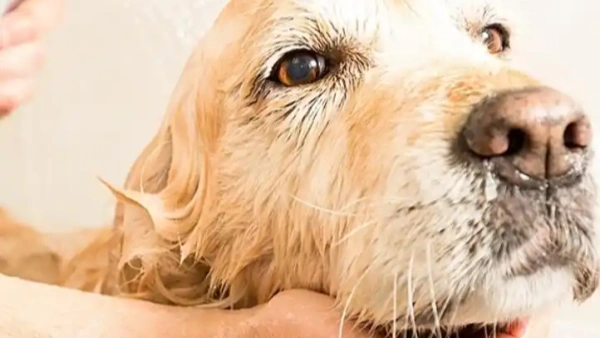
How flea and tick shampoos work
Shampoos for parasites are a contact treatment: when you lather and leave the formula on the coat for the recommended time, active ingredients immobilize or kill fleas and ticks on the dog's fur. The best flea and tick shampoo for dogs combines fast-acting insecticides (like pyrethrins or permethrin for dogs) with conditioning agents to protect the skin. Remember: a shampoo alone rarely eliminates environmental eggs — you must pair bathing with home cleaning and ongoing prevention.
Key ingredients to look for (and which to avoid)
Look for proven insecticides and soothing actives: pyrethrins, permethrin (only dog-approved formulations), and natural attractant-blockers like neem or cedar for mild prevention. If your dog also struggles with yeast or skin irritation, consider a dog antifungal shampoo or medicated formulas that contain miconazole or ketoconazole. A balanced formula can act as flea control and help with secondary issues like dandruff—so a good dandruff shampoo for dogs may be a smart double-duty pick.

When to use a flea shampoo versus other treatments
Use a shampoo when you need immediate reduction of adult fleas and visible relief for your dog. However, the best flea and tick shampoo for dogs should be one tool in a layered approach: combine bathing with a vet-recommended monthly topical or oral product to break the flea life cycle. If your dog has sensitive skin or a fungal infection, choose an anti fungal dog shampoo or medicated wash recommended by your vet rather than a harsh insecticide-only formula.
Situation checklist
Visible fleas, flea dirt, or intense scratching → use a fast-acting flea shampoo followed by a monthly preventer.
Red, oily, or flaky skin → consider a medicated dog antifungal shampoo or dandruff shampoo for dogs after veterinary confirmation.
Puppies or pregnant dogs → consult your vet before using any insecticidal shampoo.
Step-by-step: How to bathe a dog with flea shampoo
To get the most from the best flea and tick shampoo for dogs, follow these steps:
Brush the coat to remove tangles and loose hair.
Wet the dog thoroughly with warm water (not hot).
Apply shampoo and work it into a rich lather, keeping it on the skin for the time specified on the label (usually 5–10 minutes).
Pay attention to high-risk areas: base of tail, under collar, belly, and groin.
Rinse thoroughly to remove all shampoo residue and dead parasites.
Dry the dog completely; use a towel or a dryer on low heat—moisture left in the coat can cause irritation.
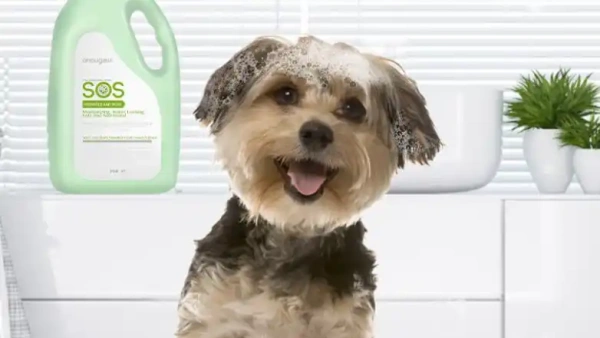
Safety tips and interactions
Always read product labels: some human shampoos or strong detergents can damage your dog's skin barrier. If your dog is on a prescription flea medication, ask your vet whether a specific shampoo is compatible. Avoid using permethrin products meant for livestock or humans—pets need veterinary-formulated products. Puppies under the manufacturer-recommended age and certain breeds (or dogs with health issues) require special caution.
Because shampoos act locally, combine them with a systemic product when facing heavy infestations—this prevents reinfestation from eggs in the environment. After bathing, use a quality monthly topical or oral preventive (follow your vet) for layered protection.
At-home care for itchy or fungal-prone dogs
If your dog has persistent dandruff, yeast, or flaky skin, a targeted dog antifungal shampoo can reduce yeast growth and soothe irritation. Rotating in a medicated formula (as recommended) can help control symptoms while you treat parasites. Also consider adding gentle conditioners to restore moisture after medicated baths—this keeps the skin healthy and less hospitable to fleas.
Everything Our Vets Recommend
Home and environment: cleaning to stop reinfestation
Washing your dog helps, but true control requires treating the household. Vacuum carpets, furniture, and pet bedding thoroughly and often. Wash bedding at 60°C or hotter and use a household spray or fogger approved for pet areas. Follow label directions carefully to keep family and pets safe.
Internal links & further reading
For more on shampoo choices and product comparisons, see best flea shampoo for dogs.
My recommendations (balanced picks)
Below are general categories to consider — always check ingredient labels and consult your vet for product selection matched to your dog's age and health.
Fast action, short-term knockdown: Pyrethrin-based shampoos for immediate relief (use with environmental control).
Medicated antifungal: Miconazole or ketoconazole shampoos for yeast and flaky skin (use under vet guidance).
Gentle maintenance: Natural neem or cedar-based shampoos for ongoing support in sensitive dogs.
FAQ
Q: How often can I use a flea shampoo on my dog?
A: Most flea shampoos are intended for occasional use — typically no more than once a week during heavy infestations. Over-bathing can strip natural oils and worsen dandruff. For baseline prevention, switch to a monthly topical or oral product after the initial shampoo.
Q: Can a flea shampoo treat fungal infections too?
A: Some medicated shampoos combine insecticidal and antifungal ingredients, but many flea shampoos do not treat fungal infections. If you suspect a yeast or fungal issue, choose a dedicated dog antifungal shampoo or consult your vet for a combined treatment plan.
Q: My dog still has fleas after bathing — what next?
A: Bathing kills many adult fleas but not eggs hidden in the environment. Follow up with a veterinarian-recommended monthly preventive and deep-clean your home (vacuum, wash bedding, treat carpets) to break the flea life cycle.
Final action steps
If you see fleas or skin irritation, act now: choose a vet-safe best flea and tick shampoo for dogs for immediate relief, book a vet consult if symptoms persist, and start an environmental cleaning routine today. Layering shampoo, preventive medication, and home care gives your dog the best chance to recover quickly and stay protected.
You May Like:
- Best Flea Shampoo for Dogs: Fast-Acting Solutions
- 2025’s Best: Yeast Infection on Dogs Skin Solutions
- Best Flea and Tick Prevention for Dogs: Year-Round Protection
- Avoid These: Flea and Tick Medication for Dogs That Deliver
User Comments
Does flea treatment kill ear mites too?
Can dogs take human probiotics?
Can dogs have people probiotics safely?
Related Articles
View all
How to Get Rid of Dog Allergies Naturally: Common Mistakes

Dog Allergic Reaction Eye Swelling: Hidden Mistakes to Avoid
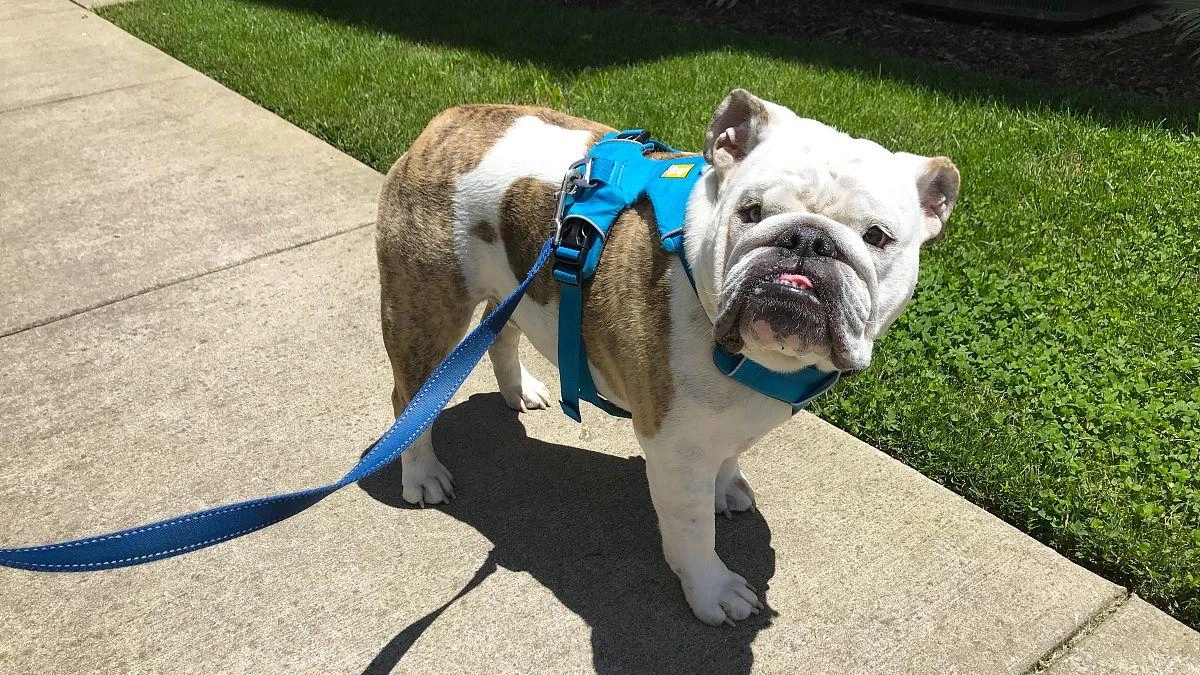
Why Do Bulldogs Scratch? Bulldog Skin Allergies Guide
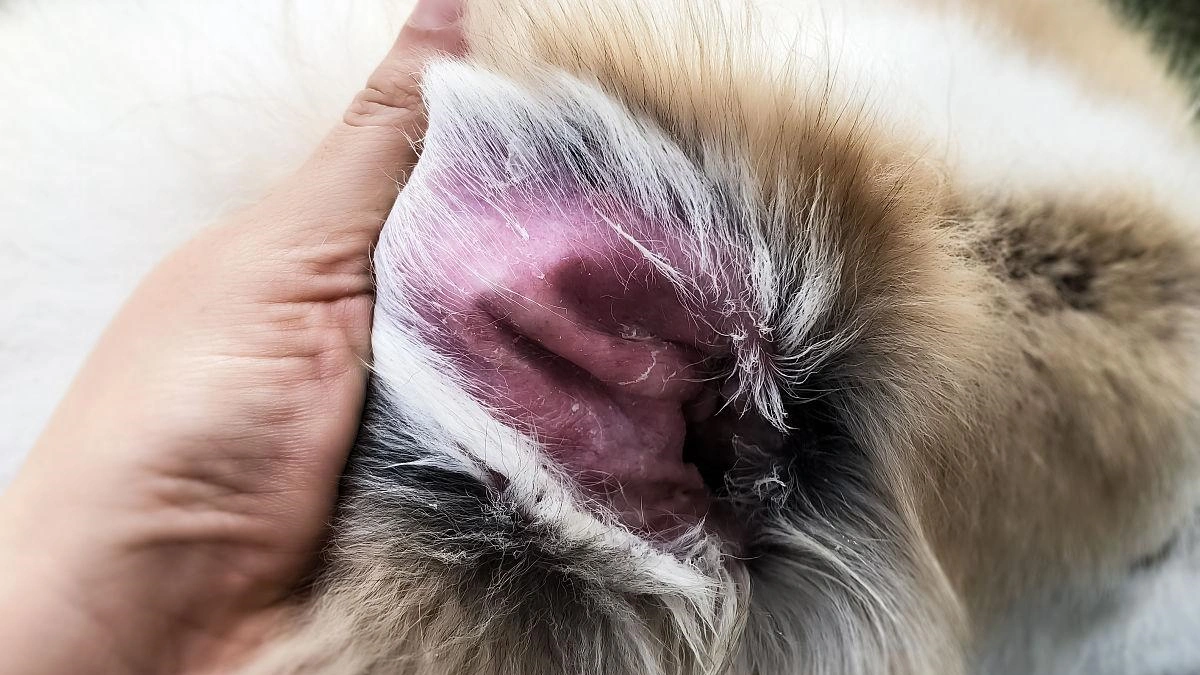
Cure for Dog Skin Allergies Owners Often Miss

How to Get Rid of Dog Allergies Naturally: Common Mistakes

Dog Allergic Reaction Eye Swelling: Hidden Mistakes to Avoid

Why Do Bulldogs Scratch? Bulldog Skin Allergies Guide

Cure for Dog Skin Allergies Owners Often Miss

Vet-Recommended Wet Dog Food for Sensitive Stomachs — 2025 Guide
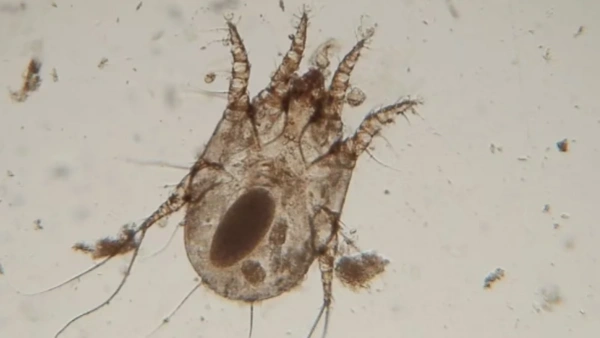
Dog Dust Mite Allergy: Symptoms, Treatment, Prevention
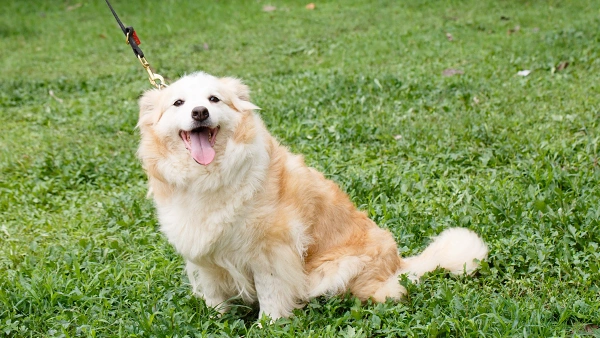
Can Allergies in Dogs Cause Diarrhea and Vomiting? Explained
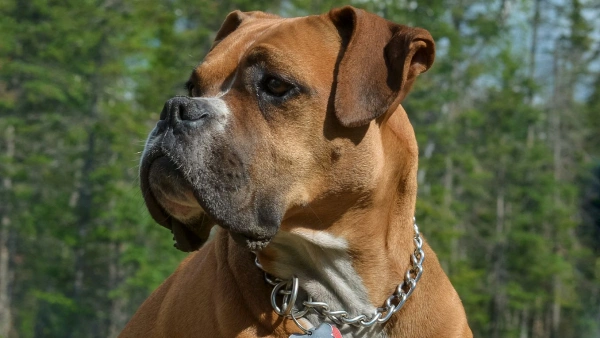
10 Pitbull Health Problems You Should Know in 2025 — Tips
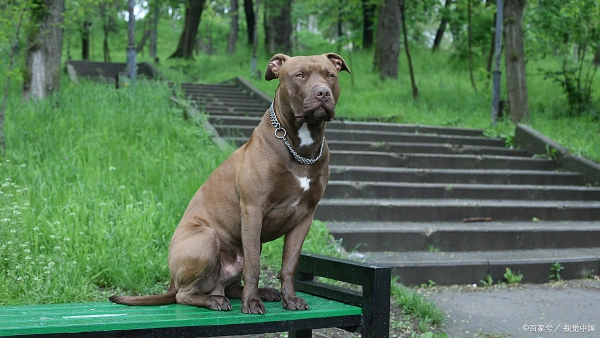

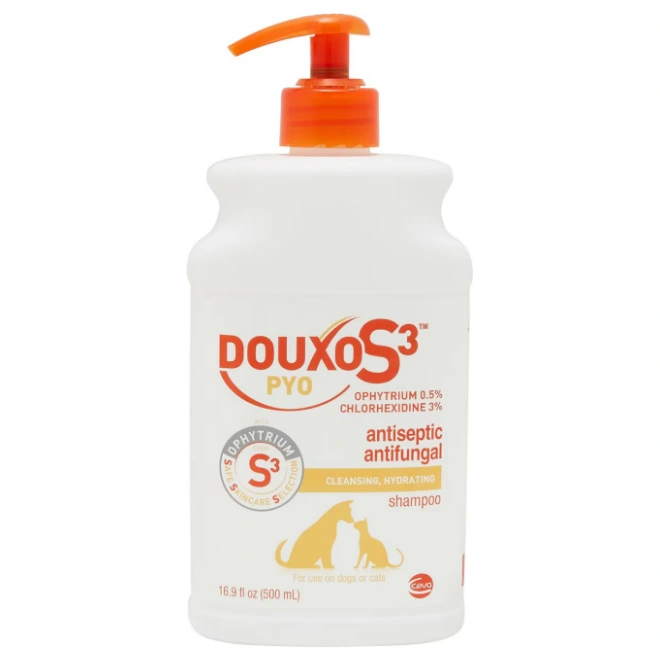
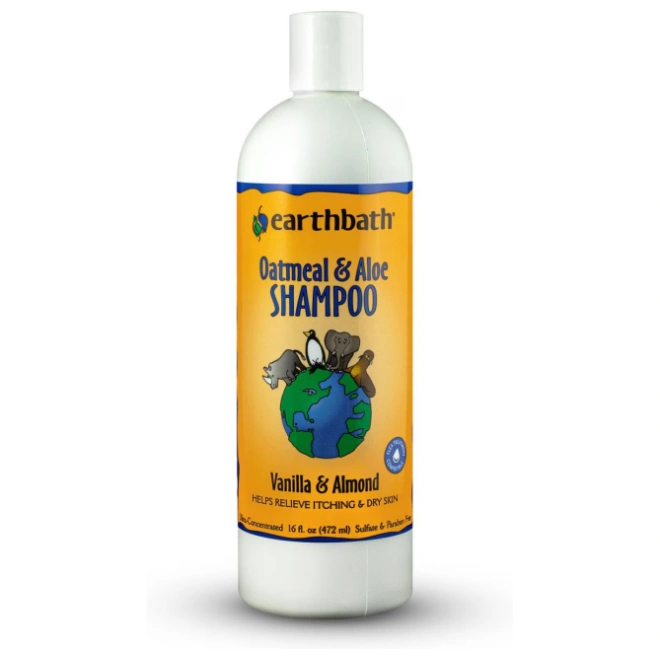
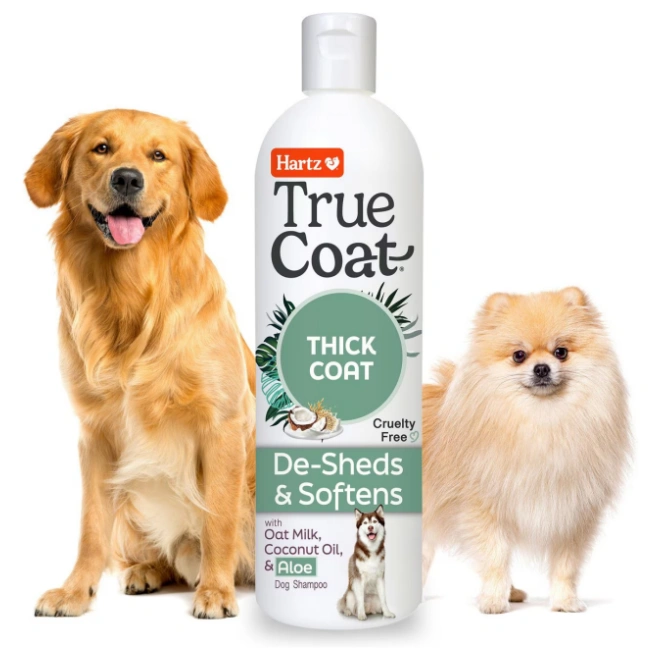
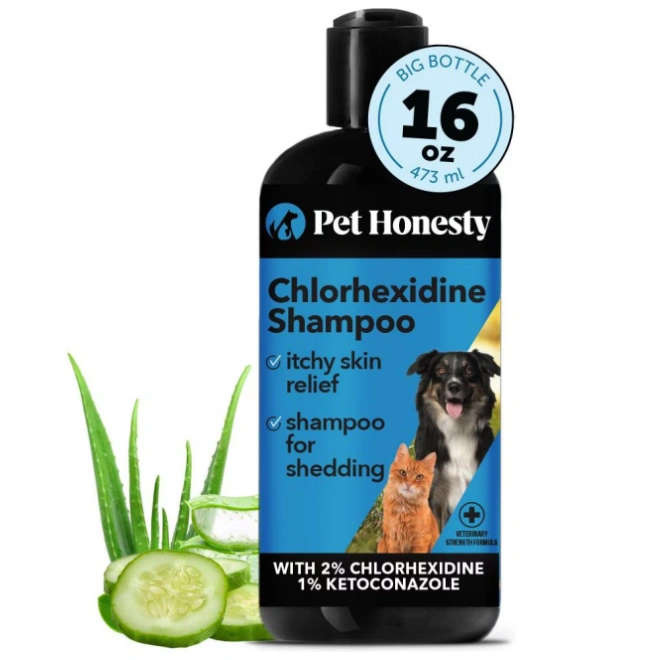








Leave a Reply